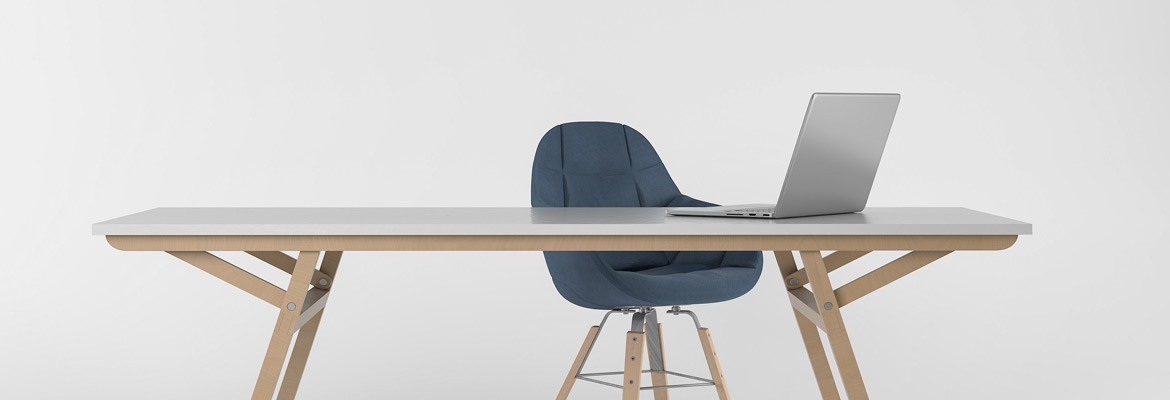What is minimalism?
When you think of minimalism, you may automatically think of the sentence “Less is more”. It is unlikely that you have never heard of this concept, as it has already become a part of many people’s lifestyles and a part in various fields such as architecture and cooking. However, it is now also affecting professional training.
Integrating the concept of minimalism into training means keeping only the essential in its design. In previous articles, we have talked about bringing the “wow!” effect into your designs by using mechanisms borrowed from video games and by emphasising the graphic environment of the module. This effect can be very effective in ensuring good information retention. However, the “Wow!” effect must be used in addition to the work done on the content, as this cannot compensate for any technical weaknesses.
Thus, by keeping the essence of the text and ideas, i.e. the important information that must be retained by the learner, wrapped in a simple and uncluttered graphical experience, you will avoid any cognitive overload and retention will be encouraged. The effort you make should be focused on the content to leave room for reflection, as one would do for microlearning.
Creating minimalist training with VTS
In addition to allowing simplified design due to intelligent blocks, VTS Editor has a catalogue of realistic characters and sceneries ready to use, straight from the trial version.
To integrate minimalism into your training courses, we recommend designers to implement these good practices on the authoring software:
– Work on the action/reflection balance, by punctuating periods of concentration with short exercises
– Do not overload the learner’s cognitive space by using too many characters or too many different sceneries
– Keep the staging simple and avoid switching constantly from one scene to another
– Have the characters say the essential things you want them to remember











